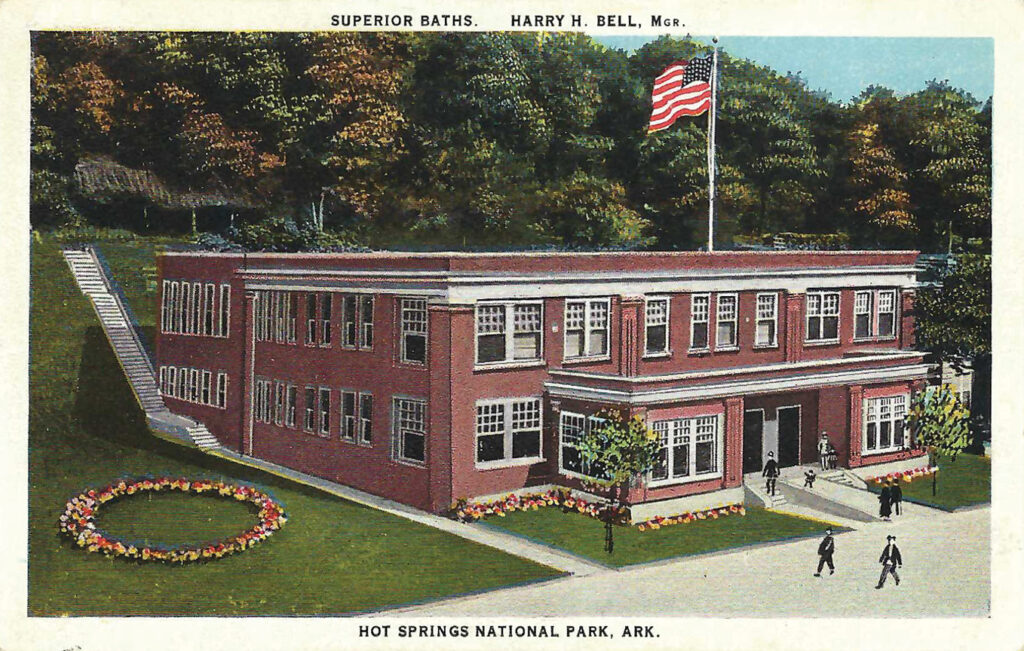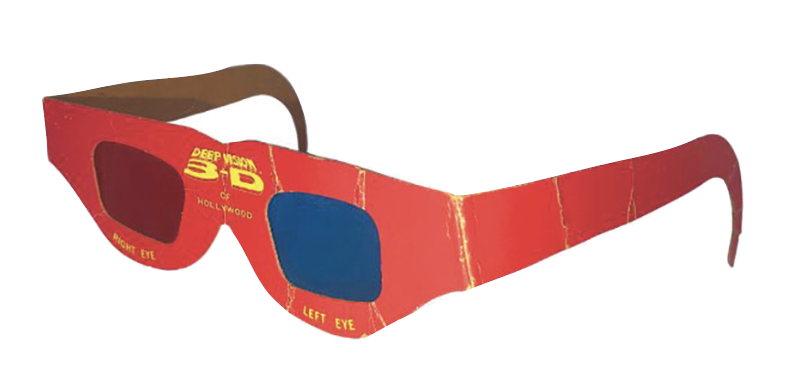
Hot Springs National Park was officially designated as a national park on March 4, 1921, but was recognized as the Hot Springs Reservation in April of 1832. It was the first time land had been set aside specifically for the purpose of future recreation.
Much like Excelsior Springs, Mo., the waters at Hot Springs were thought to be medicinal in nature. Several Native American tribes like the Quapaw, Choctaw and Cherokee lived in the Ouachita Mountains and traveled to Hot Springs in order to take in the healing properties of the waters. Following the official designation in 1832, the city began to become known as a “spa town,” and businesses began to spring up, offering a variety of spa and hot water treatments.
During the early 20th century, a number of Major League Baseball teams took spring training there, taking advantage of the healing waters thought to enhance their playing ability. During the prohibition years, Hot Springs was a hotbed for mob activity as well, given its proliferation of speakeasies during prohibition and horse racing at Oaklawn Park that drew such Chicago notables as Al Capone.
The park itself held the designation of being the smallest national park in the system until the Jefferson National Expansion Memorial in St. Louis in 2018.
The natural hot springs flow from the western slope of Hot Springs Mountain, part of the Ouachita Mountain range. Portions of downtown Hot Springs are also included in the boundaries of the National Park, including Bathhouse Row, a National Historic Landmark that includes a number of the original bathhouses built during the Gilded Age, from the early 1870’s through the early 1900’s. Bathhouse Row includes nine operating bath houses within the park’s boundary.
Medicinally, a bath treatment consisted of drinking and bathing in the hot waters at the same time. This produced a profuse sweating that was thought to assist in warding off disease or avoiding injuries. Baths were taken once a day for three weeks that often included a week at the sulphur spring near the Ouachita River. The usual stay was anywhere from one to three months.
This linen style postcard showing the Superior Baths in Hot Springs National Park was published by F.C. Boving specifically for Hot Springs National Park, Ark. The Superior Bathhouse was built in downtown Hot Springs by L.C. Young and Robert Proctor in 1916 and operated as an 11,000 square-foot public bath house within the National Park. The building cost a little over $68,000 to construct and operated until the early 1980’s when it was shuttered.
In 2013 it reopened as the Superior Bathhouse Brewery, the only brewery in a National Park and the only brewery in the world to utilize the thermal hot spring water in their brewing process.
A few blocks away from the Superior Bathhouse Brewery and also within the National Park boundary is Emergent Arts. Just across the draw on Withington Avenue, Emergent Arts is headed up by Kansas City Art Institute graduate and former Historic Northeast (Scarritt Renaissance) resident Erin Holliday and occupies roughly 4,000 square feet of maker space in the Dryden Pottery Studio. Emergent Arts is a program that fosters emerging artists of a variety of ages in the Hot Springs area.


















